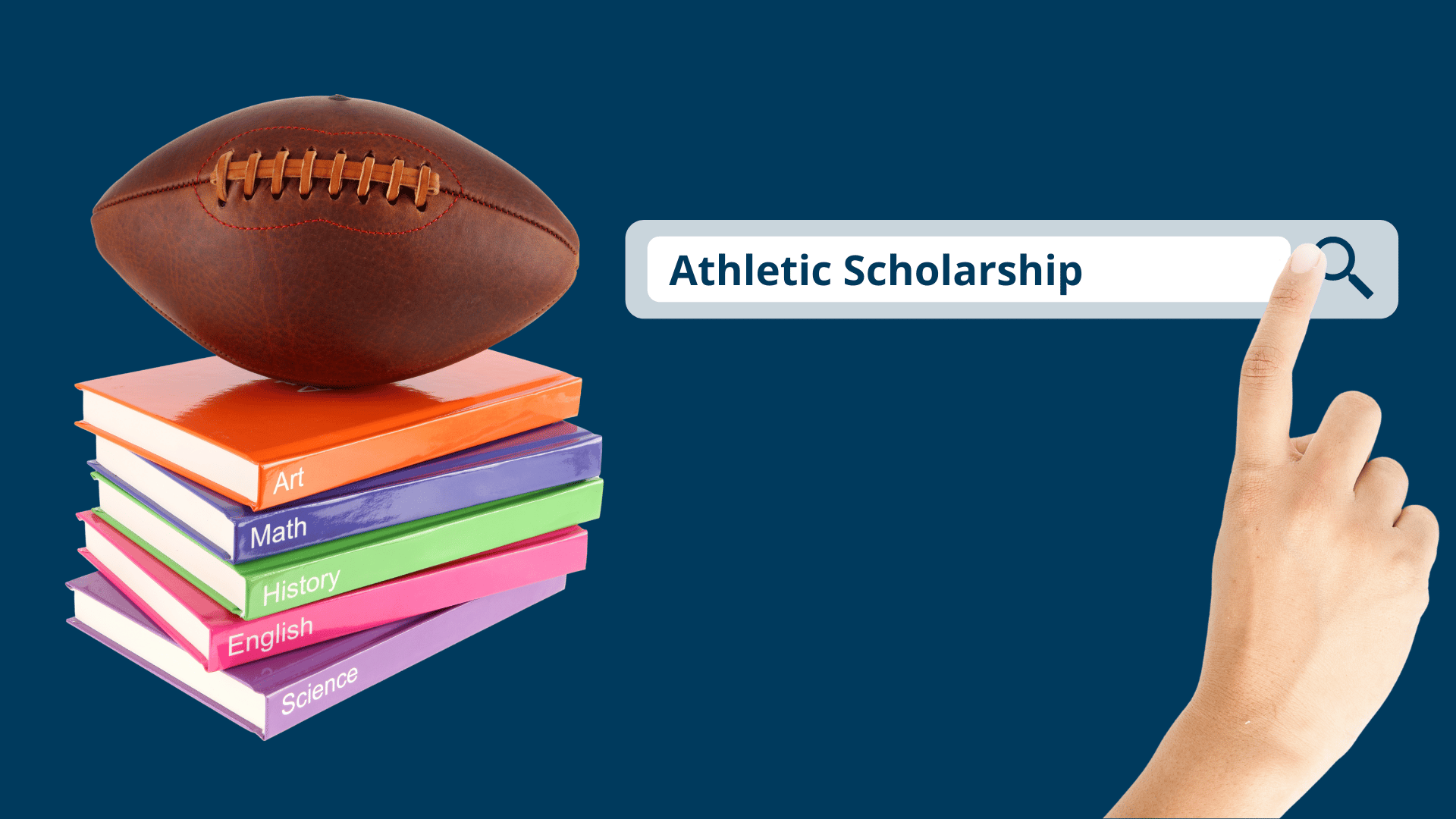
What to Know About Athletic Scholarships
For many student-athletes, an athletic scholarship is a valuable opportunity to pursue higher education while continuing their passion for sports. These scholarships help cover tuition, housing, and other expenses, but they are highly competitive and come with specific eligibility requirements. Understanding how they work and how to improve your chances of securing one is crucial.
Understanding Athletic Scholarships
Athletic scholarships are awarded by colleges and universities to students with exceptional sports abilities. In the U.S., they are regulated by organizations like the NCAA (National Collegiate Athletic Association), NAIA (National Association of Intercollegiate Athletics), and NJCAA (National Junior College Athletic Association). Some universities in Canada and Europe also offer financial aid to student-athletes, but the structure varies.
These scholarships differ in coverage. Full scholarships cover tuition, accommodation, and living expenses, while partial scholarships only cover a portion of these costs. Full scholarships are common in revenue-generating sports like football and basketball, whereas non-revenue sports often provide limited funding.
Eligibility and Recruitment
Student-athletes must meet both athletic and academic requirements. Coaches evaluate performance through competition records, highlight videos, and scouting reports. Academic eligibility is also essential, as many institutions require students to maintain a minimum GPA and standardized test scores. Additionally, scholarship recipients must follow amateurism rules, meaning they cannot have received professional payment for their sport before college.
Recruitment usually begins in high school. To increase their chances, students should start researching programs early, build a strong athletic profile, attend showcases or camps, and directly reach out to coaches. Highlight videos and game statistics can help in attracting recruiters’ attention.
Challenges and Alternatives
While athletic scholarships offer great benefits, they come with challenges. Student-athletes must balance demanding training schedules with academic responsibilities, and scholarships are not always guaranteed for all four years. Injuries or performance dips can also impact eligibility.
For those who do not secure an athletic scholarship, alternative funding options exist. Academic scholarships, need-based financial aid, grants, and work-study programs can help cover education costs. Some schools also provide financial incentives for club or intramural sports participation.
Athletic scholarships provide talented students with a pathway to higher education while competing in their sport. However, the process is highly competitive, requiring early preparation, strong academics, and active engagement with recruiters. Student-athletes should also consider backup funding options to ensure they can complete their education regardless of scholarship status.









